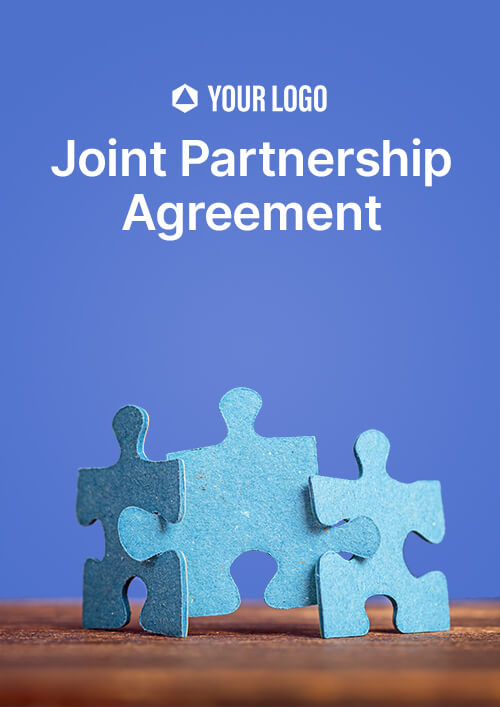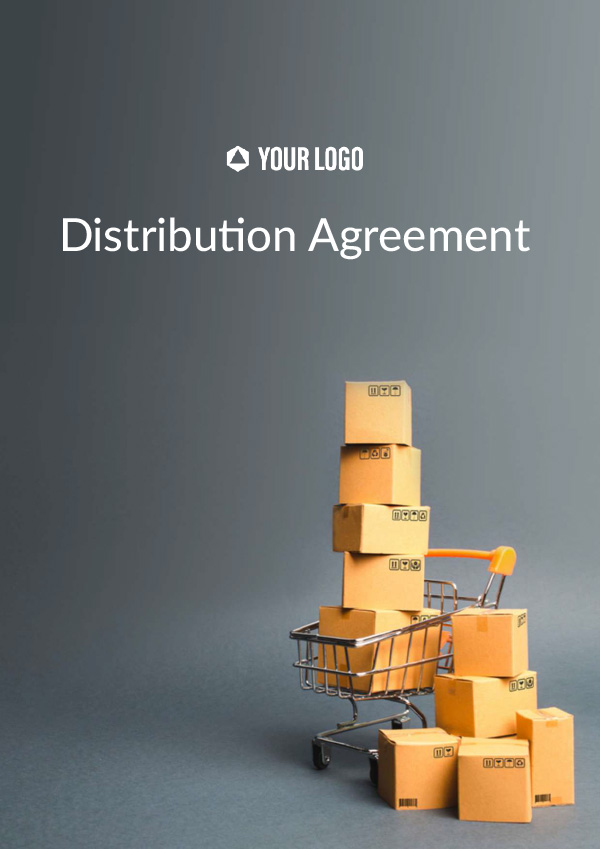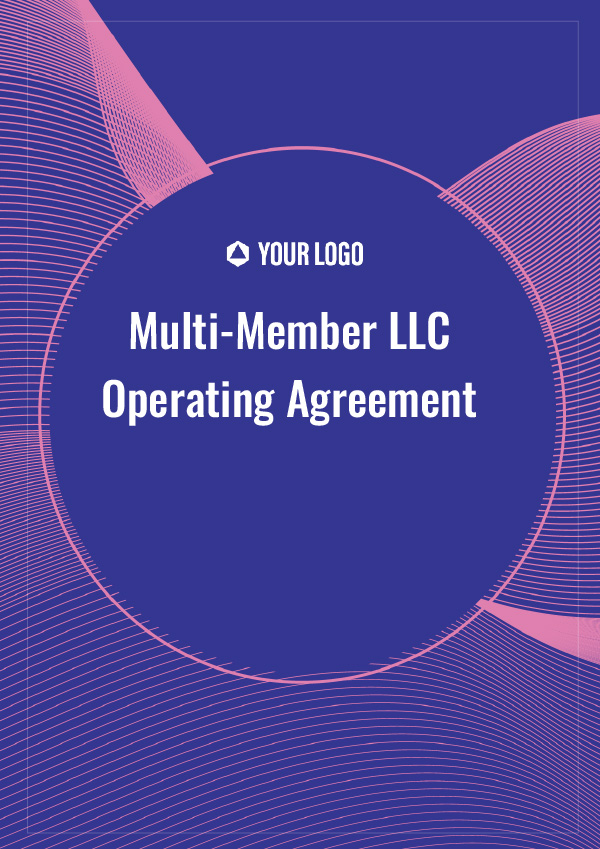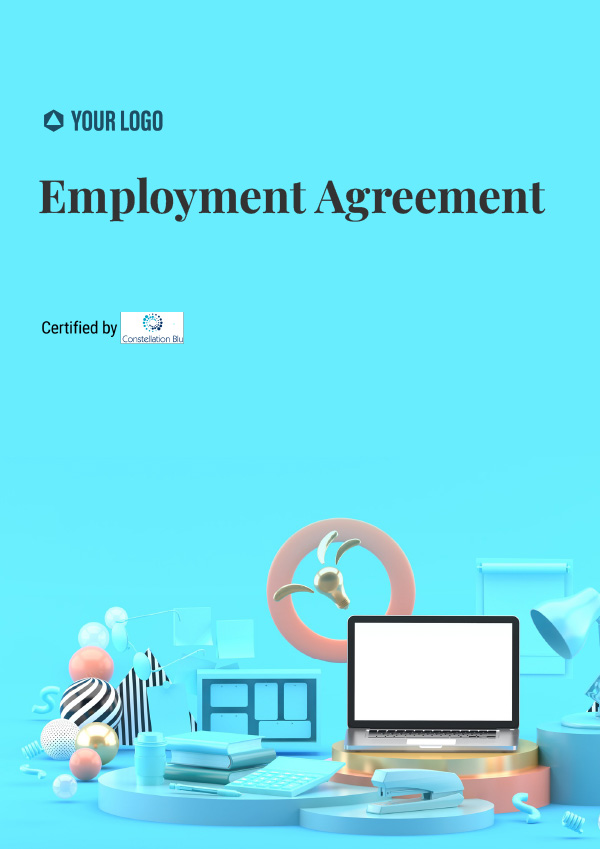
Vendor Agreement

Prepared for:
[Company Name]
Prepared by:
[Vendor Company]
Vendor Agreement
Vendor Agreement
This Master Services Agreement (“Agreement”) dated as of the [Day] of [Date], [Year] ("Effective Date"), is made by and between [Company Name] ("Company"), a company, having its registered office at [Address] and;
[Vendor Name] (“Vendor”), a company, having its registered office at [Address].
Company and Vendor shall be individually referred to as “Party” and collectively as “Parties”.
WHEREAS:
- Company is engaged in the business of [Mention the Business].
- Vendor is engaged in the business of [Mention the Business].
- Company desires to engage Vendor for certain services and Vendor has agreed to provide such services to the Company.
- The Parties wish to set forth the understanding regarding the above business relationship.
NOW THEREFORE, in consideration of the foregoing, the mutual promises set forth herein, and other good and valuable consideration, the receipt and sufficiency of which are acknowledged herein in this Agreement, Company and Vendor hereby agree as follows:
Empty space
1x
2x
3x
Terms and Conditions
Terms and Conditions
1. Services
1. Services
1.1 Company hereby engages the Vendor and the Vendor hereby accepts such engagement for rendering the services (“Services”) specifically described in the statement of work executed by the Parties from time to time (“SOWs”). This Agreement and each applicable SOW issued hereunder will apply to Vendor’s provision of Services to the Company. Each SOW executed by the Parties will be deemed to be a part of this Agreement.
1.2 The Services to be provided shall be detailed in a SOW and shall contain details including deliverables, timelines for delivery, consideration / other costs and expenses, cancellation terms, and all other terms. No changes to any SOW will be effective unless and until a change order is executed by both Parties. In the event of any conflict between the terms of this Agreement and the SOW, the terms of this Agreement shall prevail, unless expressly stated by the Parties for that specific SOW, solely to the extent of such conflict.
2. Fees
2. Fees
In consideration of rendering the Services under this Agreement and each SOW, Company shall pay the fees in the manner as captured in the respective SOW from time to time (“Fees”). The Vendor shall raise monthly invoices which shall be paid by the Company within [Number of Days] days of receipt of the invoice. The Fees payable under an SOW are inclusive of all applicable sales and other taxes.
3. Representations and Warranties
3. Representations and Warranties
3.1 Vendor warrants that
(i) it will use best efforts in providing Services and shall provide such Services in a professional and workmanlike manner;
(ii) it shall perform the Services in accordance with applicable laws;
(iii) that the Services provided shall not infringe on any third- party rights including intellectual property rights of any third parties.
4. Intellectual Property Rights
4. Intellectual Property Rights
4.1 Except as expressly set forth herein, as, between the Parties, each Party is and shall remain the owner of all intellectual property that it owns or controls as of the Effective Date. However, the Vendor agrees that all intellectual property rights over, including without limitation to designs, drawings, notes, marketing and other information created during and within the scope of this Agreement as part of the Services by the Vendor, constitutes work made for hire and all rights over such work shall be the exclusive property of the Company (“Company IP Property”).
4.2 Vendor shall not be entitled to claim any right or interest over the Company IP Property. Vendor shall do all acts, deeds and things including execution of necessary documents, without charge or compensation but at the cost of the Company, for fully and effectively vesting in the Company the rights in any Company IP Property developed by it.
5. Confidentiality
5. Confidentiality
5.1 Vendor shall maintain absolute confidentiality and secrecy with respect to the terms and conditions of this Agreement and shall treat any information, revealed to it in furtherance of this Agreement as completely confidential and shall further ensure that if the information is required to be disclosed to a third party, it shall be done only on a ‘need to know basis’ after first obtaining the prior written consent to reveal such information from the Company. The confidentiality obligations under this clause shall not apply to any such information which
(i) generally becomes available in the public domain prior to disclosure thereof; or
(ii) is required to be disclosed by Vendor under applicable law, provided Vendor to the extent permitted under applicable law, provides the Company with reasonable notice so that the Company may contest such order or requirement.
5.2 Vendor hereby acknowledges that the breach of any of its obligations or representations under this clause 5 is likely to cause or threaten irreparable harm and, accordingly, the Company shall be entitled to seek equitable relief to protect its interests therein, including but not limited to preliminary and permanent injunctive relief, as well as money damages.
6. Indemnification
6. Indemnification
6.1 The Vendor will defend, indemnify and hold harmless the Company from and against all claims, liabilities, losses, damages, costs, and expenses, including reasonable attorneys’ fees caused by or arising from any
(a) negligent act or omission by the Vendor;
(b) failure of Vendor to perform its obligations under this Agreement or breach of any terms of this Agreement;
(c) third party infringement claim related to the Services.
7. Limitation of Liability
7. Limitation of Liability
7.1 In no event shall either Party be liable for any special, incidental, indirect, or consequential damages whatsoever (including, without limitation, damages for loss of business profits, business interruption, loss of business information, or any other pecuniary loss) arising out of this Agreement.
7.2 Except for the indemnification obligations contained in clause 6 of this Agreement, either Party’s aggregate liability and that of its affiliates, officers, employees, agents, suppliers and licensors, relating to any dispute arising out of this Agreement, will be limited to an amount equal to the Fees paid by Company immediately prior to the first event or occurrence giving rise to such liability.
8. Term and Termination
8. Term and Termination
8.1 Unless terminated by either Party in writing in accordance with this clause, the Agreement shall remain in force until terminated by a Party in accordance with this Agreement or until the termination or expiry of all the SOW(s) under this Agreement, whichever is earlier.
8.2 This Agreement may be terminated only under the following circumstances:
8.2.1 The Agreement may be terminated by Company for no cause, at any time by providing Vendor with a prior written notice of thirty (30) business days.
8.2.2 Both Parties may terminate this Agreement upon mutual consent in writing.
8.3 Termination of SOW shall be in accordance with the terms under the respective SOW. However, it is hereby clarified that termination of an SOW does not result in termination of this Agreement. Termination of this Agreement shall result in termination of all SOWs executed pursuant to this Agreement.
9. Miscellaneous
9. Miscellaneous
9.1 Governing Law and Jurisdiction: This Agreement shall be governed in accordance with the laws of the Republic of India. The Parties agree that the courts at [Jurisdiction] shall have exclusive jurisdiction over disputes arising out of this Agreement.
9.2 Assignment: This Agreement and any rights or obligations hereunder may not be assigned by either Party without the prior written consent of the other Party. This Agreement binds, and inures to the benefit of, the Parties and their respective successors and permitted assigns.
9.3 Notice: Notices will be in writing and will be delivered personally (which will include delivery by courier or reputable overnight delivery service) or sent by certified mail return receipt requested, to the addresses mentioned at the beginning of this Agreement. Items delivered personally will be deemed delivered on the date of actual delivery. Items sent by certified mail will be deemed delivered on the date the return receipt is signed. A Party may change its contact information by a written notice delivered in accordance with this clause.
9.4 Independent Contractors: The relationship of the Company and Vendor established by this Agreement is that of independent contractors, and nothing contained in this Agreement shall be construed as constituting any other relationship.
9.5 Force Majeure: In no event shall either Party be responsible or liable for any failure or delay in the performance of its obligations hereunder arising out of or caused by, directly or indirectly, forces beyond its control, including, without limitation, strikes, acts of governments, accidents, acts of war or terrorism, pandemics, civil or military disturbances, nuclear or natural catastrophes or acts of God (“Force Majeure Event”); it being understood that Party claiming such Force Majeure Event shall use reasonable efforts which are consistent with accepted practices in the industry to resume performance as soon as practicable under the circumstances.
9.6 Amendments & Modifications: This Agreement may not be amended, modified or supplemented in any manner, whether by course of conduct or otherwise, except by an instrument in writing specifically designated as an amendment hereto, signed on behalf of each Party.
9.7 Entire Agreement: This Agreement constitutes the complete and exclusive statement of the Agreement between the Parties regarding the Services hereunder. This Agreement supersedes and replaces any prior agreements between the Parties.
9.8 Survival: The respective obligations and/or rights of the Parties under this Agreement, which are expressly or by implication intended to continue in effect after the termination or expiration of this Agreement, shall survive termination or expiration of this Agreement.
Empty space
1x
2x
3x
Acceptance and Signature
Acceptance and Signature
IN WITNESS WHEREOF, the Parties by their duly authorized representatives have executed this Agreement as of the date set forth above.
Company
Vendor
Signature
Assign signer 1
Name
Assign signer 1
Date
Assign signer 1
Signature
Assign signer 2
Name
Assign signer 2
Date
Assign signer 2
Empty space
1x
2x
3x
DISCLAIMER: Revvsales, Inc is not a law firm. The content provided herein is for general information purposes only, and does not constitute legal advice. Revvsales, Inc and its partners make no representation or warranty of any kind, express or implied, regarding the accuracy, adequacy, validity, reliability, availability, or completeness of any information mentioned hereunder. The use or reliance of any information contained herein is for your personal use and solely at your own risk. You agree to fully release and indemnify Revvsales, Inc from any liability associated with the use of this content. You are advised to obtain independent legal advice before taking or refraining from any action on the basis of the content provided here. For any queries regarding the content of this template, you may reach out to https://vblegal.in/startup-hub/.
DISCLAIMER: Revvsales, Inc is not a law firm. The content provided herein is for general information purposes only, and does not constitute legal advice. Revvsales, Inc and its partners make no representation or warranty of any kind, express or implied, regarding the accuracy, adequacy, validity, reliability, availability, or completeness of any information mentioned hereunder. The use or reliance of any information contained herein is for your personal use and solely at your own risk. You agree to fully release and indemnify Revvsales, Inc from any liability associated with the use of this content. You are advised to obtain independent legal advice before taking or refraining from any action on the basis of the content provided here.





/06.1_Non_Disclosure_Agreement_(Employee)+2.jpg)


/40.1_End-User+License+Agreements+(EULAs)+.jpg)


/Joint_Venture_Agreement_(Standard)_Thumb.jpg)
/50.1_Data_Processing_Agreement_(Standard).jpg)



